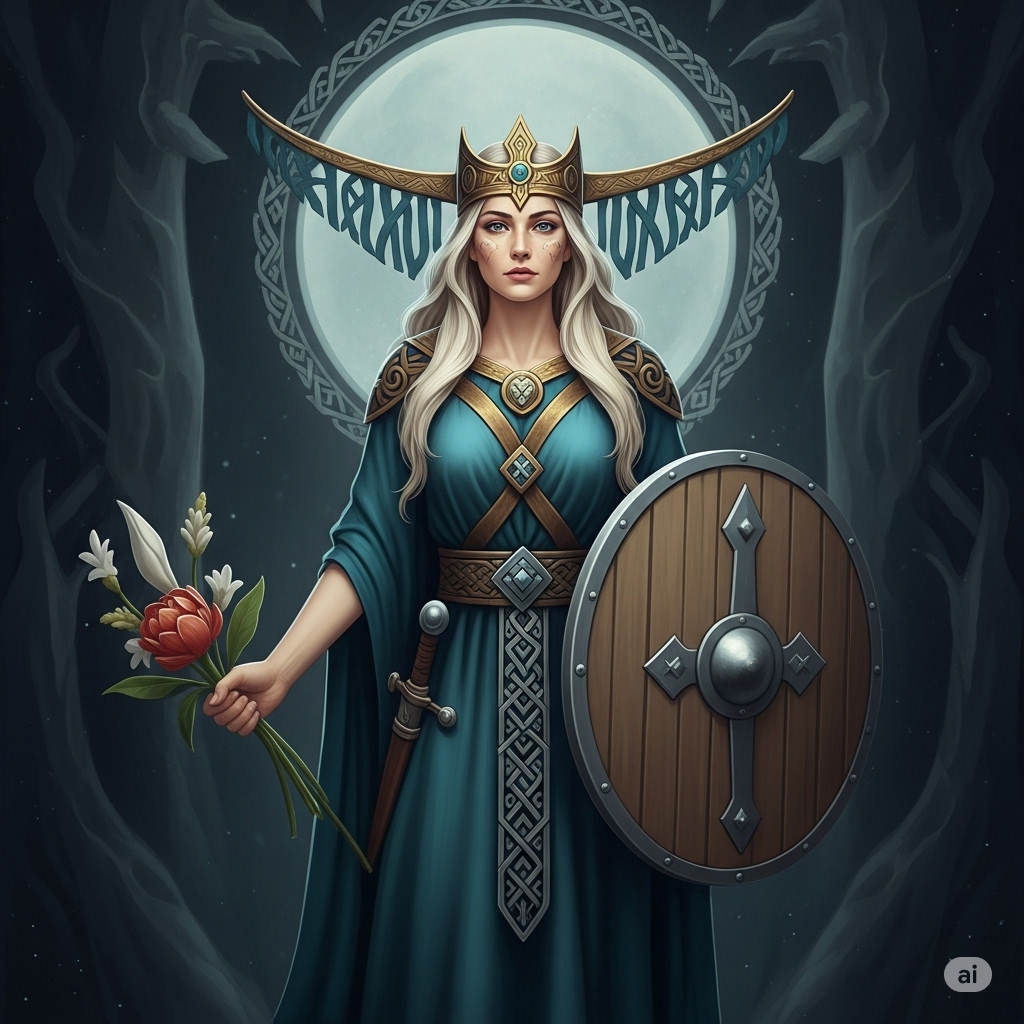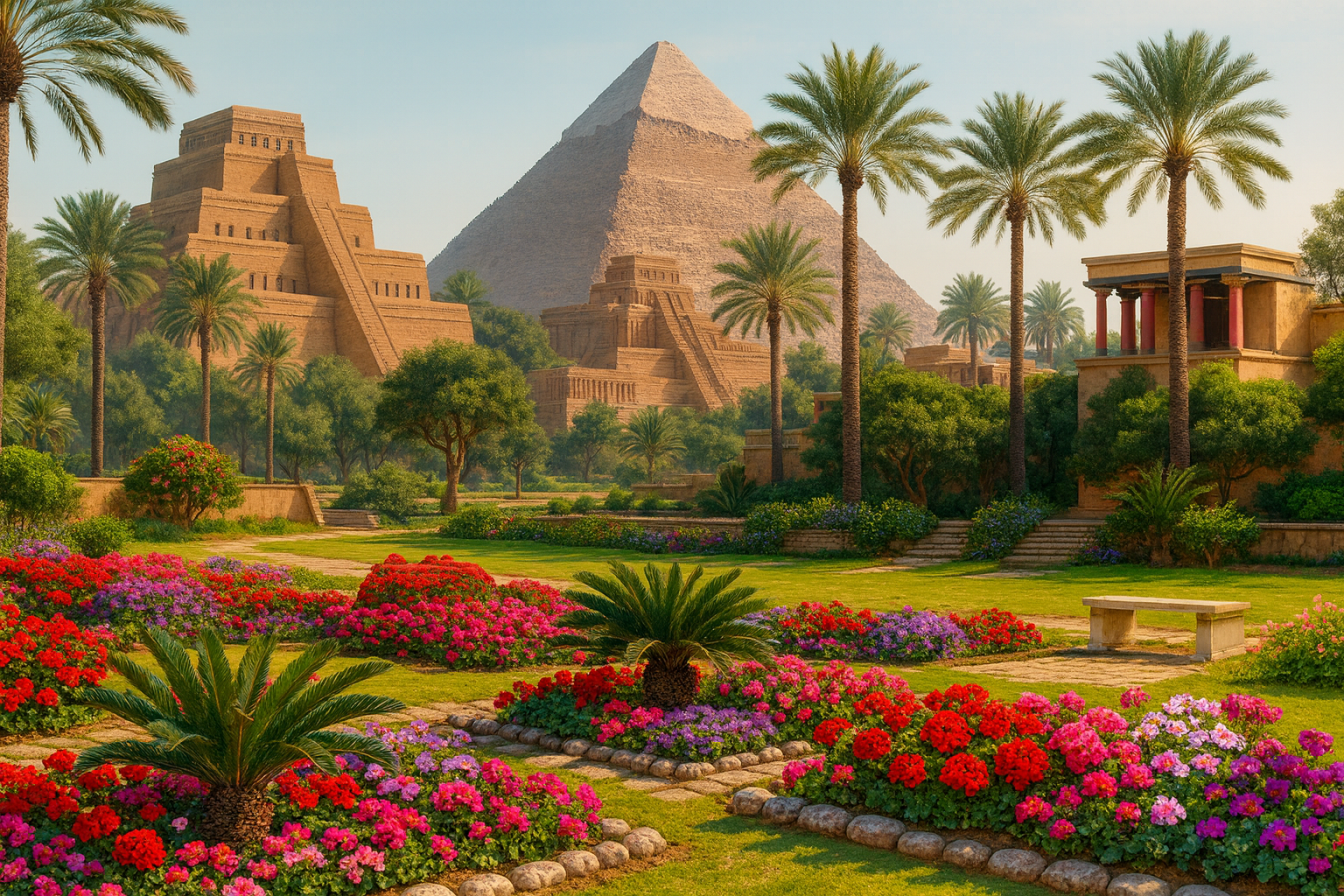Exploring the Enchanting Power of the Most Complex Norse Deity
Freyja, one of the most powerful and enigmatic figures in Norse mythology, stands at the intersection of love and war, desire and death, beauty and battle. As a Vanir goddess who mingled with the Æsir, she defied simple categorization—serving as a symbol of divine femininity, magical prowess, and fearless strength. Her worship was widespread and deeply rooted in Norse culture, leaving traces that echoed through later folklore and modern neopagan traditions.
In this article, we’ll uncover Freyja’s mythological role, her magical significance, and her lasting influence across centuries.
Who Was Freyja?
Freyja (sometimes spelled Freya or Freyia) means “Lady” in Old Norse, a fitting title for a goddess who commanded such reverence. She belonged to the Vanir, a tribe of gods associated with fertility, nature, and prosperity, later integrated with the warlike Æsir following a truce.
Freyja was the daughter of Njörðr, a sea god, and twin sister to Freyr, another fertility deity. She was known for her unmatched beauty, her weeping of golden tears, and her unshakable will.
Domains of Freyja:
Love and Fertility: She governed desire, passion, marriage, and birth.
War and Death: Half of the slain warriors went to her hall, Fólkvangr, rather than to Odin’s Valhalla.
Magic (Seiðr): She was a master of seiðr, a powerful form of Norse sorcery involving fate manipulation and trance-like visions.
Freyja and Seiðr: Norse Magic and Shamanism
Perhaps one of Freyja’s most influential roles was as the divine practitioner of seiðr. This form of magic, often associated with prophecy, destiny-shaping, and spirit-travel, was traditionally seen as feminine. Freyja is said to have taught seiðr to Odin himself—highlighting her status as a teacher and guardian of arcane wisdom.
This magical expertise contributed to her worship not just as a goddess of earthly pleasures but as a spiritual leader. Seeresses, known as völvas, often invoked Freyja during rituals, and her connection to cats (her chariot was famously pulled by two large cats) further links her to domestic magic and cunning transformation.
Freyja in Love and Longing
Freyja’s sensuality was legendary. She owned the magical necklace Brísingamen, forged by dwarves, which symbolized her allure and connection to fertility. Her romantic pursuits and deep emotional currents were central to many myths, including her quest to recover a lost husband, Óðr, whose absence caused her to cry tears of gold.
Unlike many goddesses in patriarchal pantheons, Freyja’s sexuality was not vilified—it was revered, even feared. She embodied the power of attraction, and her beauty could sway gods, mortals, and even giants.
Freyja as Warrior and Chooser of the Slain
Beyond love and magic, Freyja held a crucial role in the afterlife and warfare. She presided over Fólkvangr, a field where half of all warriors slain in battle would dwell under her care. While Odin claimed the rest for Valhalla, Freyja’s role as chooser of the slain elevated her status as a death goddess and protector of heroes.
This duality—lover and warrior—makes Freyja unique. She was both nurturing and terrifying, sensual and sovereign, healer and harbinger of death. In many ways, she mirrors the Norse worldview: raw, complex, and deeply intertwined with fate.
Freyja in Later Folklore and Modern Culture
After the Christianization of Scandinavia, open worship of Freyja faded, but her essence persisted. Folk tales retained echoes of a strong female figure linked to fertility and natural magic. She was sometimes demonized, her traits absorbed into local witch archetypes or fairy queens.
The English word “Friday” (Freyja’s day) may be linked to her, though some scholars suggest it may also honor Frigg, another Norse goddess with overlapping qualities. Regardless, Freyja’s presence in language reflects her deep cultural imprint.
Today, Freyja is a central figure in Norse neopaganism (Ásatrú and Heathenry), feminist spirituality, and pop culture. She appears in novels, games, TV shows (like Vikings), and is honored in rituals that emphasize divine femininity and magical resilience.
Symbols and Animals Associated with Freyja:
Cats – sacred to her, often viewed as magical familiars
Falcon feather cloak – allowed her to shapeshift and fly
Brísingamen necklace – a symbol of power, beauty, and seduction
Boar (Hildisvíni) – a war animal she sometimes rode into battle
Conclusion: A Goddess for All Seasons
Freyja remains one of the most beloved and complex figures in Norse mythology—a deity who straddled the line between life and death, love and war, magic and mortality. Her worship honored the richness of life’s emotions and the power of feminine strength. Whether as a guiding goddess for warriors or a spiritual archetype for modern witches, Freyja’s legacy endures.







